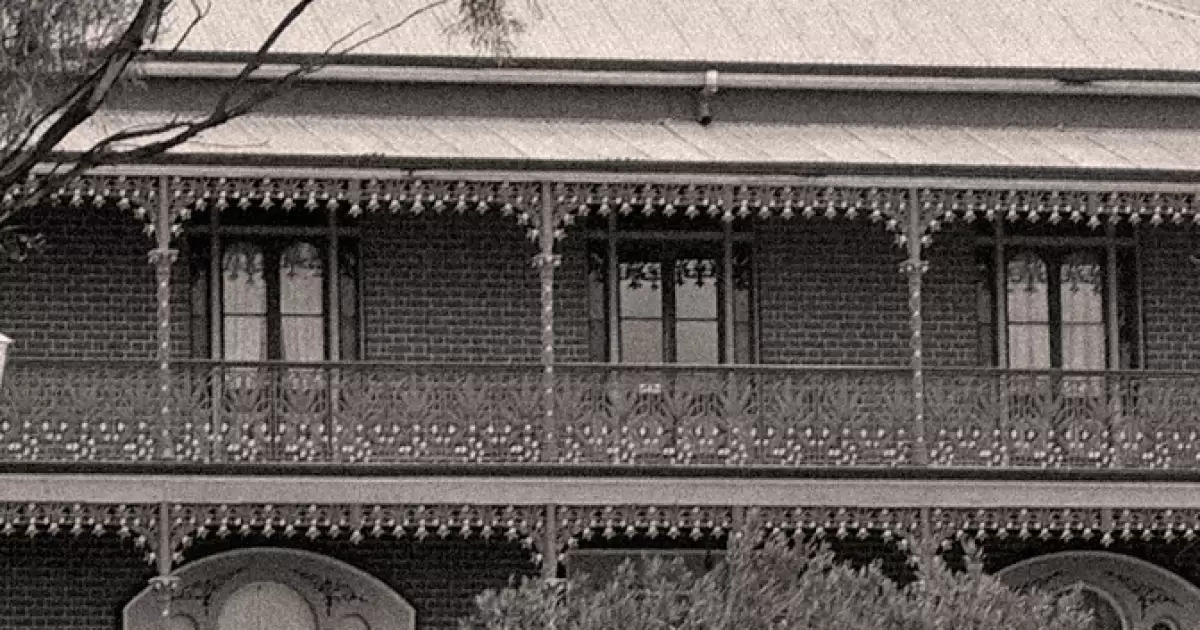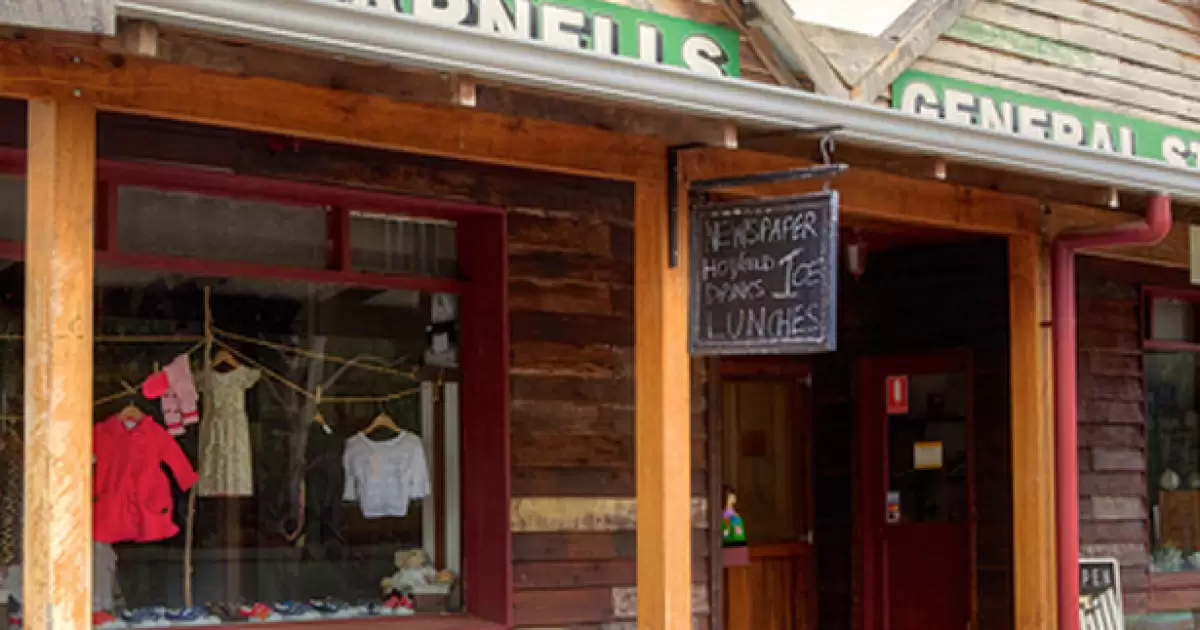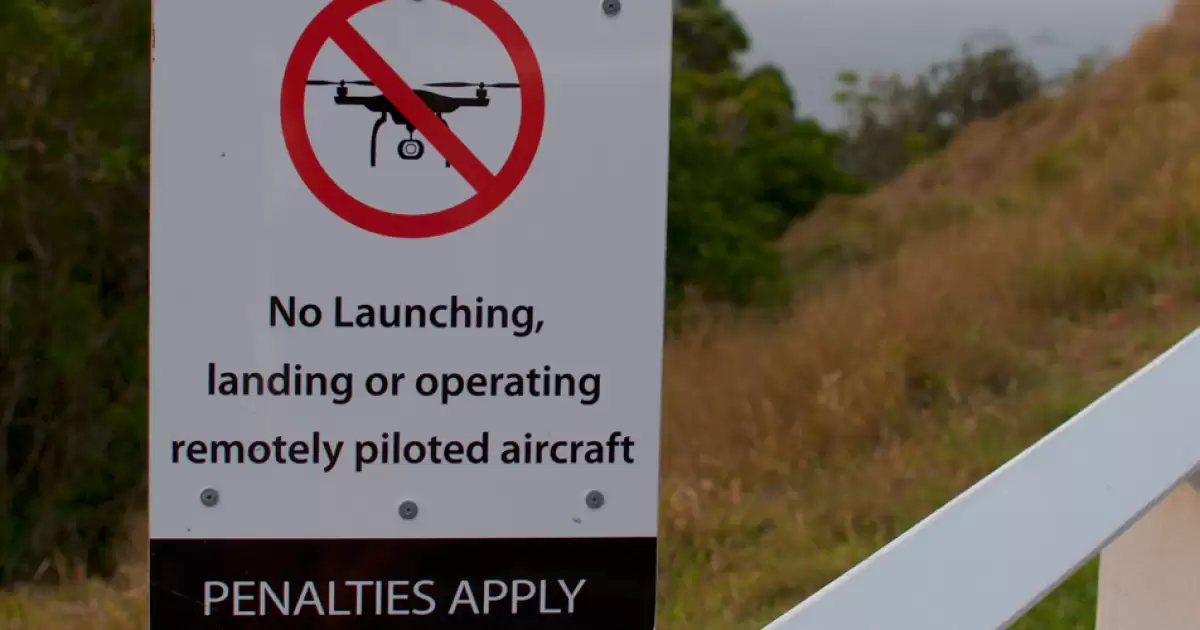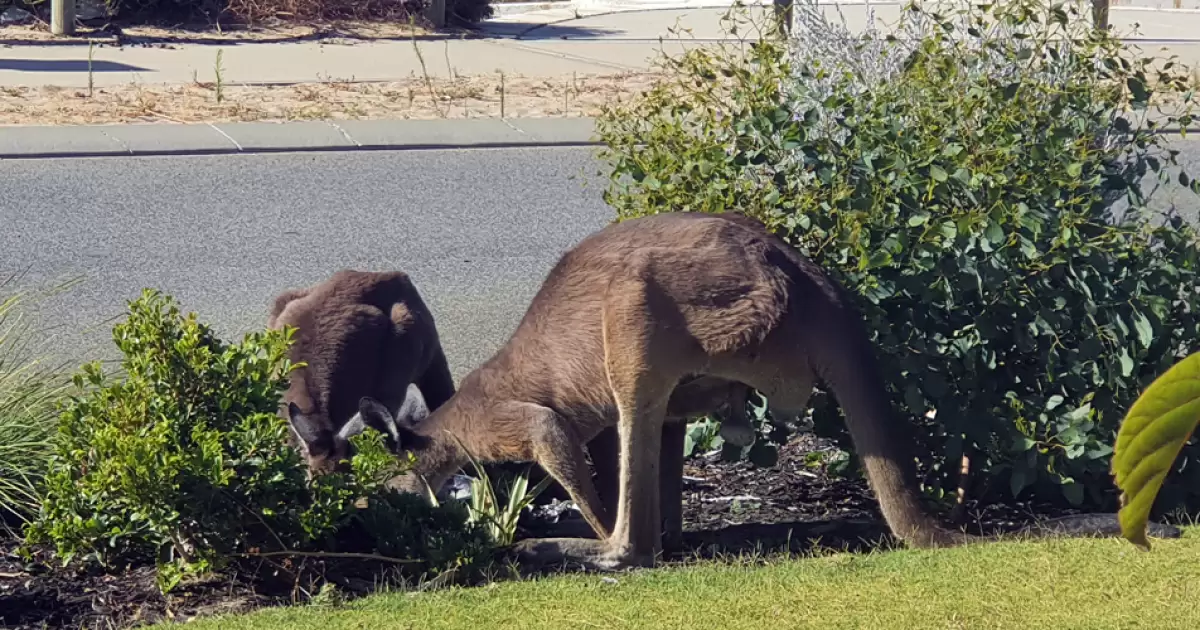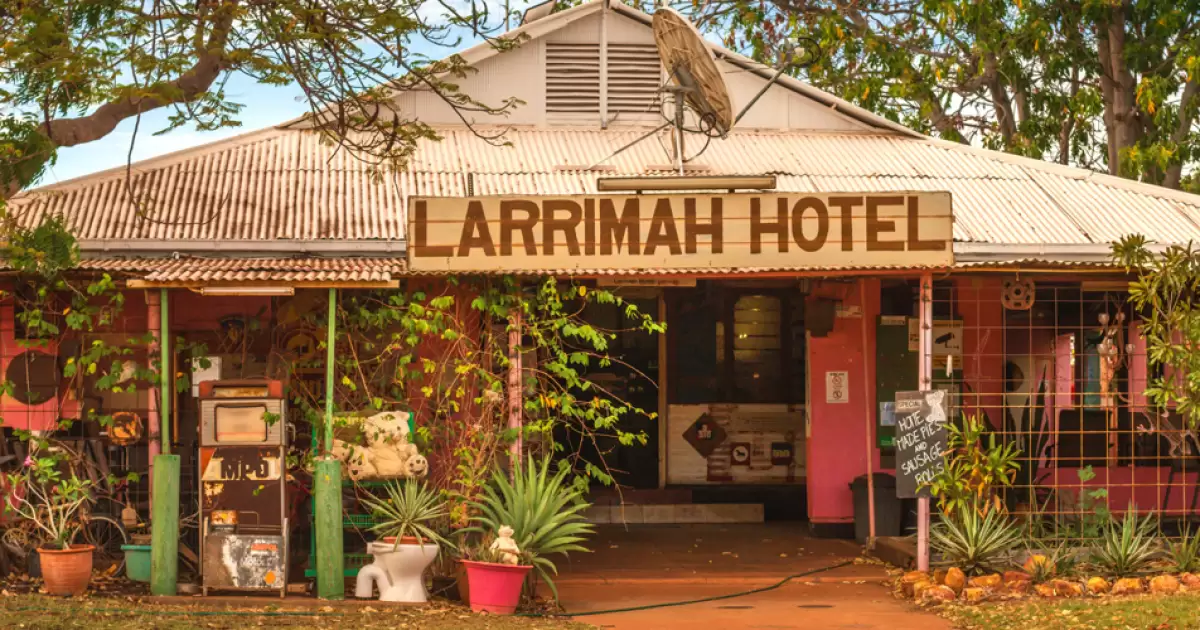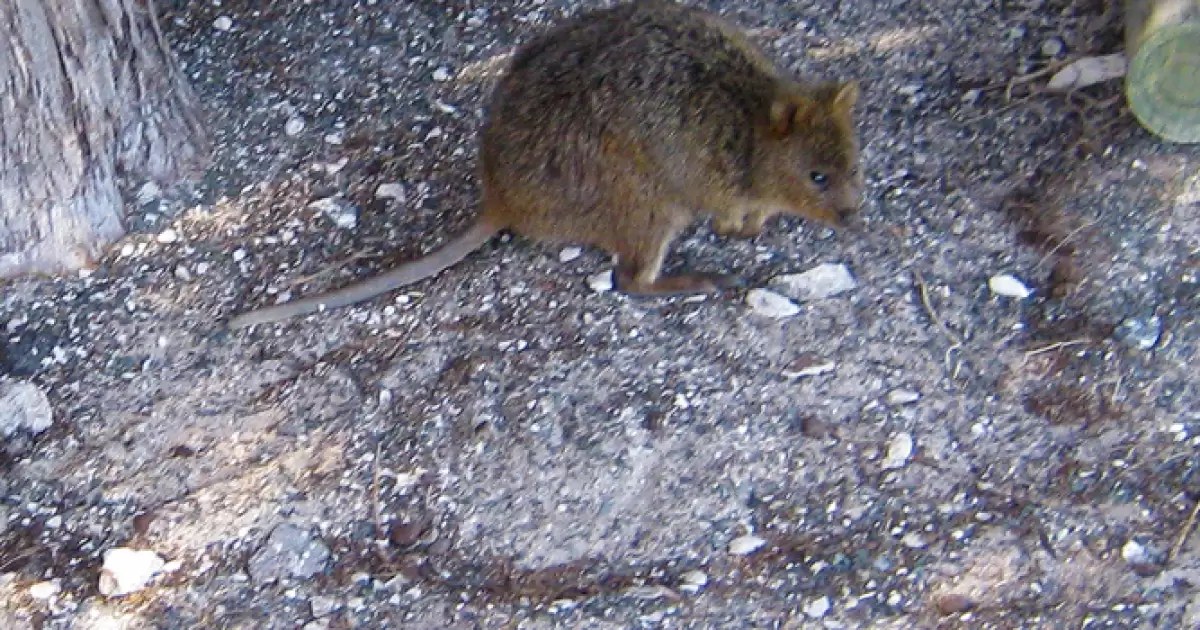About one in three households provided food for native animals. Many people enjoy interacting with an animal that's wild, but aren't aware of the problems they can cause if not done properly.
Providing more food will attract more wildlife, & while seen simply as providing greater care, it can attract large numbers of wildlife to the one place leading them to spill over into neighbours’ properties. The wildlife can become an unwanted nuisance, triggering disputes that can be difficult to resolve. Also, bringing wildlife together in unnaturally high numbers can cause stress, spread disease and expose these animals to nutritional disorders if the wrong food (or too much of it) is provided.
Here's a simple guide to feeding wildlife responsibly:
- Fun, but is it good for the animal?
- Responsible feeding has little impact.
- Understand the risks.
- Consider a few things before feeding wildlife in your backyard.
What wildlife will come?
You may see a variety of typical urban birds and possums (at night) in the feeding area, based on your natural surroundings. On front yards in the fringe areas you can expect to see kangaroos & wallabies. Keep an eye out for surprising sightings, which can offer valuable information about a species.
What to feed them?
Here's a simple guide to attracting wildlife to your garden:
- Identify the animals coming to your backyard with a guide or online.
- Take note of their diet, and make sure to feed them foods that match their natural diet.
- Create a garden that provides a natural source of nectar, fruit, and insects.
- Plant a cluster of shrubs near a window to observe birds up close.
What to avoid
If you want to feed wildlife, avoid processed foods such as bread and mince and seed mixes with a lot of sunflower seeds, as they can cause fat buildup around a bird's liver.
How much to feed?
To feed wildlife, aim for small portions that would be considered a snack. It's important that animals are still able to find their own food. If there is any aggression over the food, don't supply more, but instead break up the current amount into smaller portions and place them on different feeding platforms around your yard to relieve stress. Provide fresh water at all times.
When should I feed?
Here's a simplified version: Vary the feeding schedule for birds so they don't expect food at the same time each day. Wildlife typically won’t feed during the middle of the day, but may look for water then.
Will it be safe for the wildlife?
When animals are eating, they may be less aware of predators. To ensure safety, choose feeding platforms that are well protected from cats and close to vegetation to avoid birds being caught by predators.
Keeping the wildlife happy and healthy:
- Clean any stale food and animal droppings after feeding, and disinfect feeding surfaces regularly.
- Once surfaces are disinfected, wait until they are dry before placing food on them.
- Replace water regularly.
Remember that keeping yourself healthy is also important. Animals can carry diseases that may be transmitted to humans.
Undesirable visitors?
If you often find ibis and crows lurking around the feeding platform, and rats leaving droppings, then you may need to find ways to keep these animals out. They are always on the lookout for a "free meal".
Feeding too much?
When we feed animals, they may learn to come back for more. This can cause problems if too many animals show up and make a lot of noise and mess. In nature, animals move around to find food. So, when we offer too much food or offer it all the time, it can lead to wildlife relying on our feeding and waiting regularly for it to be put out. This can cause a problem if the animals start to leave droppings, feathers, and scattered food as well.
Your neighbours?
Feeding wild animals might seem like a good thing, but it can cause unwanted problems. When you feed them too much, they can become a nuisance and cause health and safety issues. Also, if there are leftovers, rats and mice might come too. It's the landowner's responsibility to take care of wildlife on their land and make sure not to feed them in a way that causes problems.
To increase your chances of seeing wildlife, head to natural places like national parks where you can experience wild animals on their own terms.
You can also create a wildlife habitat in your own backyard by growing native plants that provide food and shelter for local wildlife. With time, your garden will become a habitat for wildlife, including native birds, mammals, reptiles, frogs, and invertebrates. Add a comfortable seat to watch from and enjoy observing your wild neighbors in a wildlife-friendly way.

